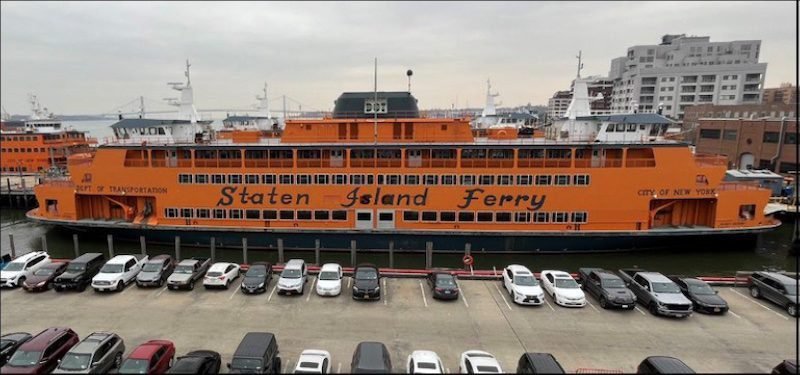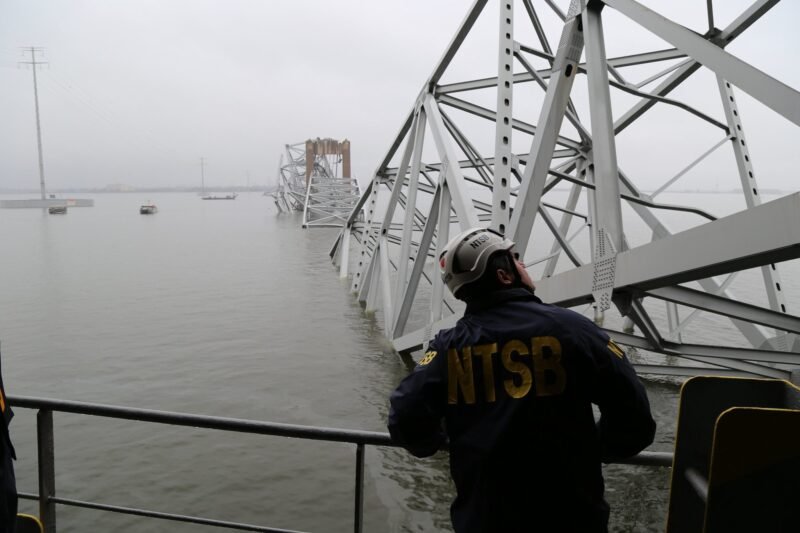The National Transportation Safety Board (NTSB) reported that a fire on a Staten Island Ferry in 2022 was caused by a new engine design and inadequate training of the technical crew. The fire broke out in the engine room of the Sandy soil passenger ferry while sailing through New York Harbor, causing $12.7 million in damage to the ship. Crew efforts and assistance from Good Samaritan boats ensured the safe evacuation of all 884 passengers on board.
The NTSB investigation found that the fire was started when oil tanks were overpressurized due to closed shut-off ball valves in the fuel oil return line. The ferry, which had been in service for only six months, lacked pressure relief valves in the fuel oil return system, leading to the overpressure issue. The NTSB recommended regulatory changes and design requirements to prevent similar incidents in the future. Crew members were also found to be inadequately trained in the fuel systems of the new ferries.
The NTSB stressed the importance of understanding the diesel engine return system design and operation to prevent overpressure and fires. The agency issued safety recommendations to vessel operators and highlighted the need for further training of technical crew members. This incident was the second fire in which closed valves led to overpressure and subsequent fires that the NTSB had investigated in the past two years. The NTSB also recommended design changes to improve safety on U.S.-flagged vessels.


















